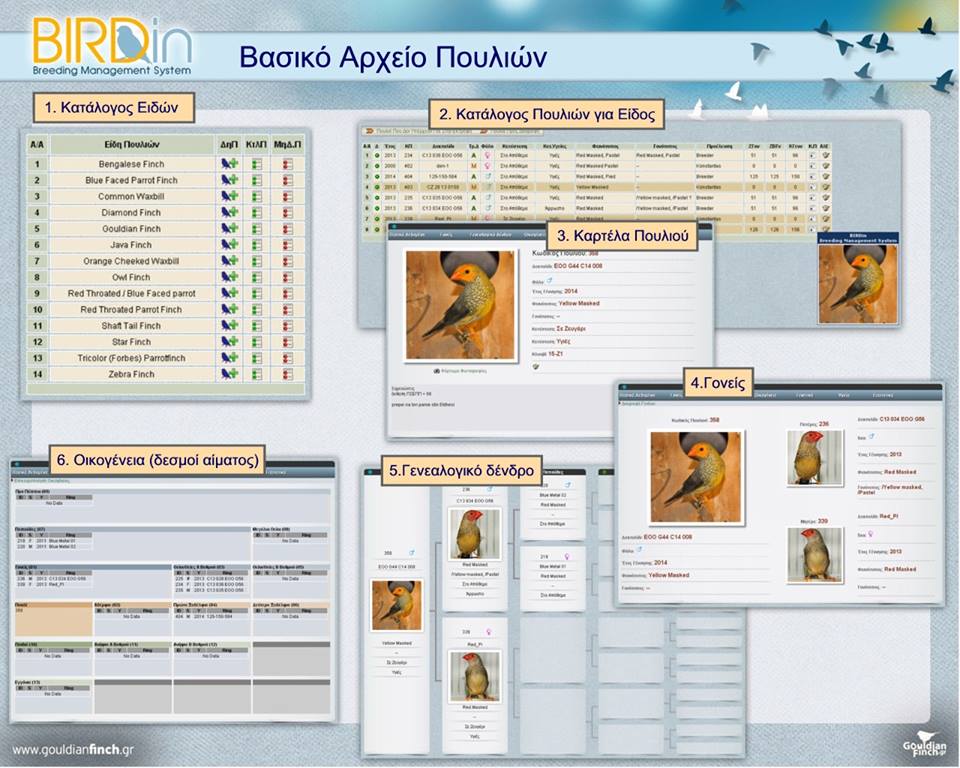quality not quantity
Find your Next knowledge
the miracle of the new life
choosing pair
preparation
incubation
chick feeding
weaning
juvenile molting
Mouth marks direct the parents to the hungry mouths
The offspring of many finch species, have luminous nodules, called papillae, on the sides of their beaks and markings on the inside of their mouths. Each species has unique patterns that can be easily seen on the palate of a gaping chick. Together, these act as sort of a “beacon” to direct the parents to the hungry mouths of their chicks in dark nest cavities. Each species of finch has a different arrangement of papillae and mouth markings.
These high contrast markings combined with head movements and begging cries may also act as a trigger response to stimulate the parents to feed the chicks. Another function for the mouth markings and the reason why each species has its own pattern might be to identify the chicks in the nest from another (parasitic) species. Some birds are able to distinguish and reject intruders to their nest.
As each chick develops into an adult and begins to eat without parental assistance the papillae and markings gradually disappear.
Problems
chick tossing
fostering
hand feeding
Early Identification of Mutation
genetic calc
mouth marks
plumage color
TRY OUR
Breeding management system for all type of birds. Currently available only in Greek language.

breeding gallery
join in our group
This is unique Facebook group for ONLY New, Rare and Strange mutations of Gouldians, Genetics & Inheritance, Exhibition Quality, Show Standard Gouldians, Defects and positive characteristics for Show. Only useful information & study content. NO simple Gouldians photos allowed, NO muddy & blurred photos. NO OFF-TOPIC. If you agree, join to our group!




